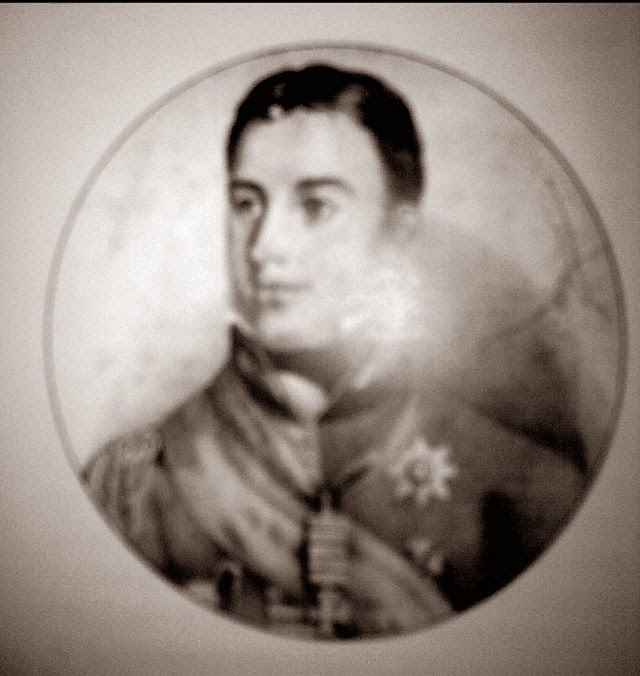The Battle of New Orleans was the final battle of the War of 1812. It occurred on January 8, 1815. The leader of the U.S. forces was Andrew Jackson. The British were led by Edward Pakenham. The battle happened after the Treaty of Ghent had been signed. The treaty was supposed to have ended the war, but that was not the case. The war would continue until around mid-Feburary. The Battle of New Orleans was part of the Louisiana Campaign. This battle, unlike the Civil War battles was fought primarily on the water. The plan was to have a two pronged assault on Jackson's position. Colonel William Thornton was ordered to go up river and attack the batteries that were commanded by Commodore Daniel Patterson. They thought if Patterson's line was open, then the British forces could get to Jackson. This plan looked good on paper, but it did not work out the way that the British had hoped. On the morning of January 8th, fog filled the air. The fog made it difficult for Thornton to navigate his way up the river to attack Patterson. This delay allowed Jackson to attack and defeat the British Highlanders. By the time Thornton had reached Patterson, the ships were already retreating. The next day the British captured Fort St. Philip. They eventually withdrew their forces on January 18th. The U.S. forces had won. This was considered an upset to many, since the U.S. had been outnumbered by the British. This victory also allowed the U.S. to protect the land that they had acquired in the Louisiana Purchase. The Battle of New Orleans made Andrew Jackson a hero.
Above is a picture of Andrew Jackson commanding his men as they fight the Highlanders.
Above is Andrew Jackson commanding his men at the Battle of New Orleans.
Above is a picture of Andrew Jackson
Above is a picture of Edward Pakenham
Stay tuned for more blog posts about tales from Tennessee and beyond.





No comments:
Post a Comment